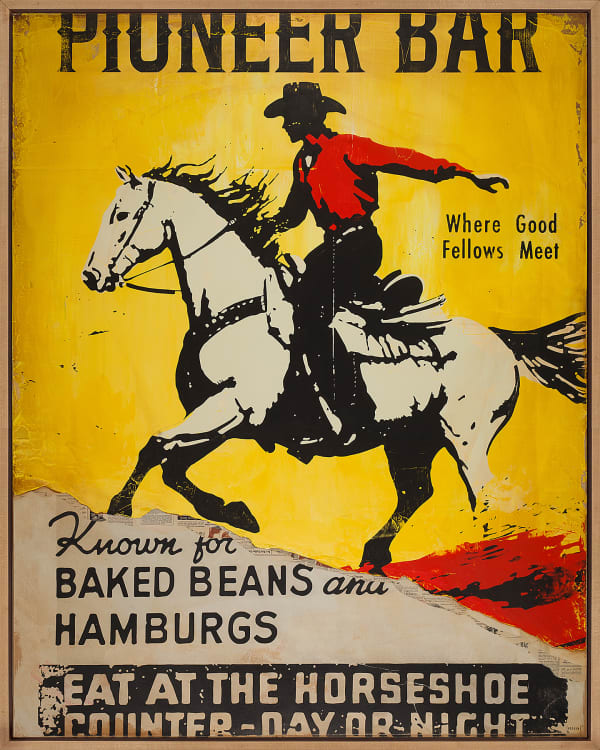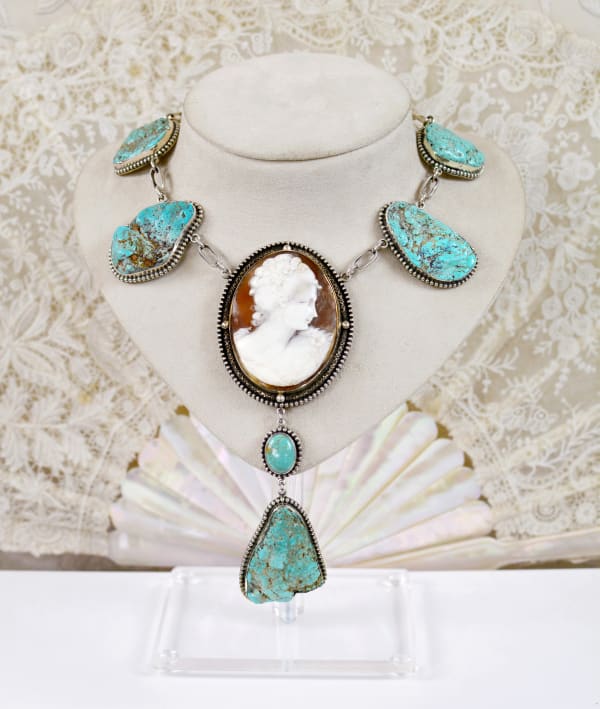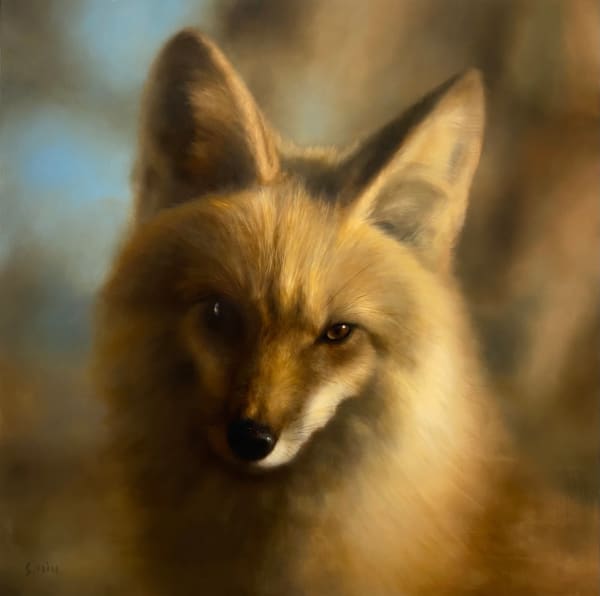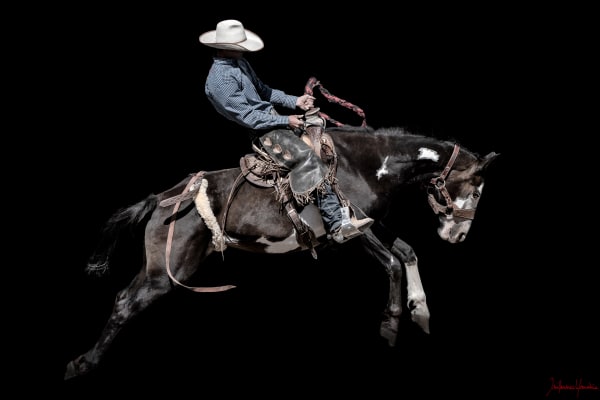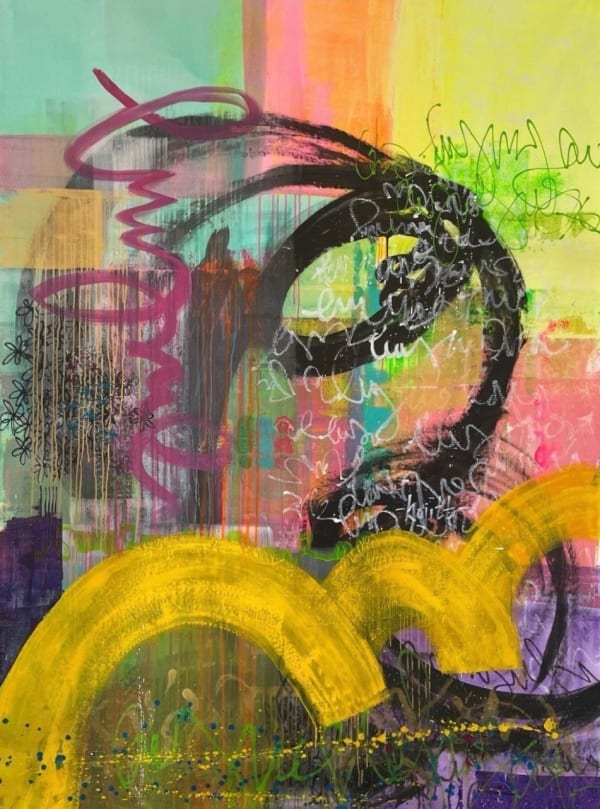-

David Yarrow
-

John Banovich
-

Dennis Bredow
-

Kyle Bunting
-

Kevin Red Star
-

Robert Osborn
-

Miles Glynn
-

Ben Steele
-

Carrie Fell
-

Deirdre Imus and Jill Garber
-

Jill Garber
-

George Hill
-

Jim Dick
-

Allen KnowsHisGun
-

Edward Lentsch
-

Houston Llew
-

Guillaume Beau de Lomenie
-

Lex Lucius
-

Ed Nash
-

Ben Pease
-

Kenneth Peloke
-

Anke Schofield
-

Lane Timothy
-

Cid Collins Walker
-

Greg Woodard
-

Bojitt
Join our mailing list
* denotes required fields
We will process the personal data you have supplied to communicate with you in accordance with our Privacy Policy. You can unsubscribe or change your preferences at any time by clicking the link in our emails.


